Natural Structures – Insect Nests
Insect nests display several aspects which can be transferred into architecture.
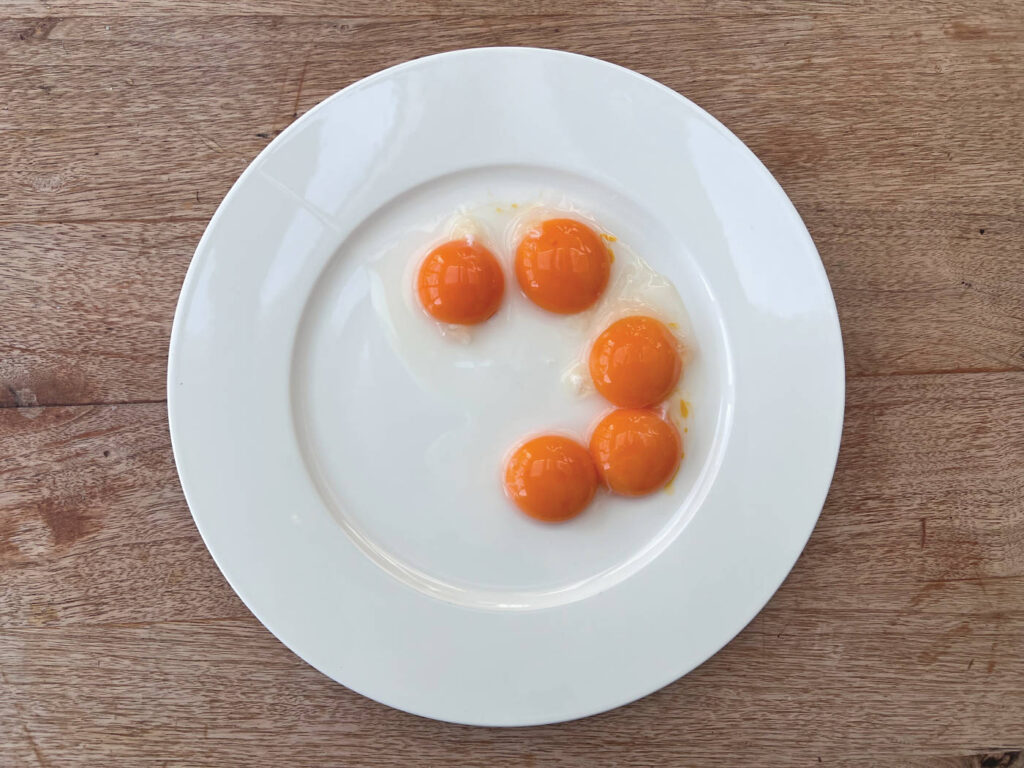
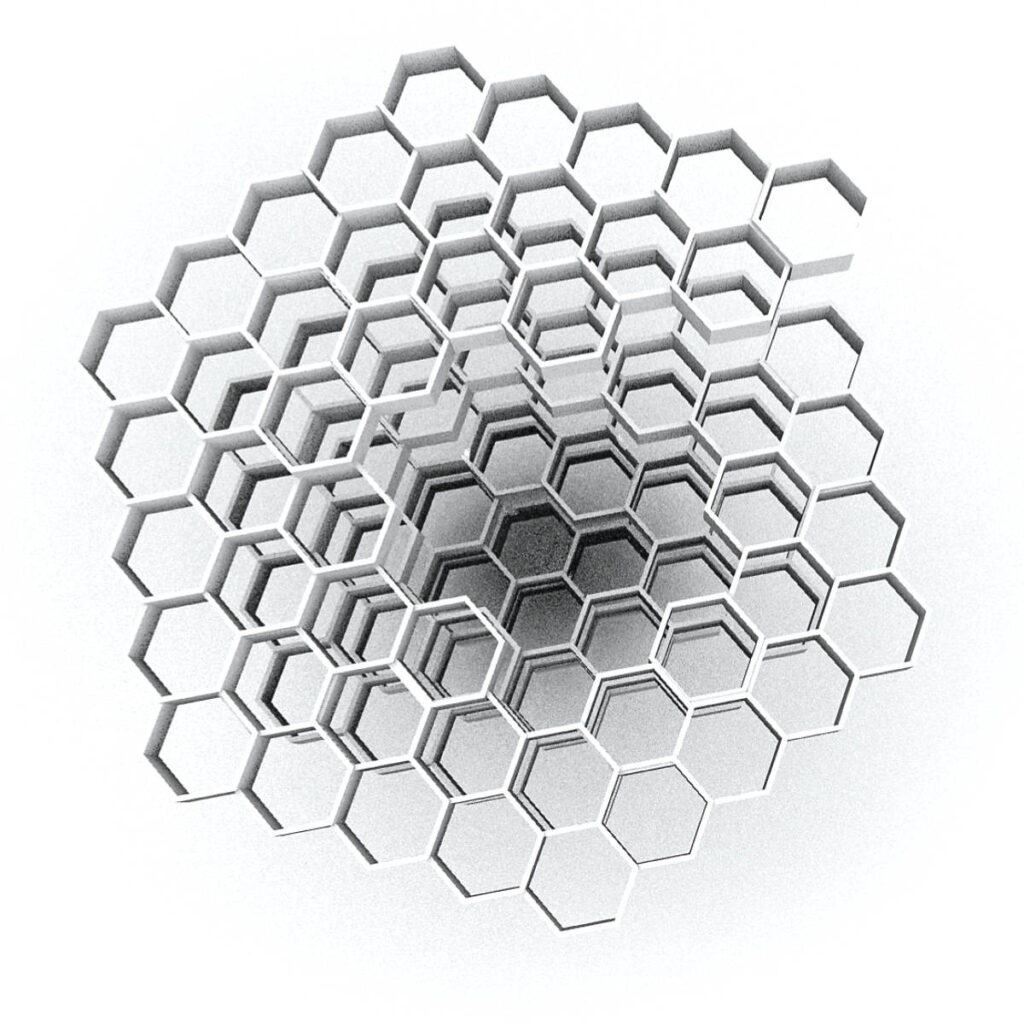
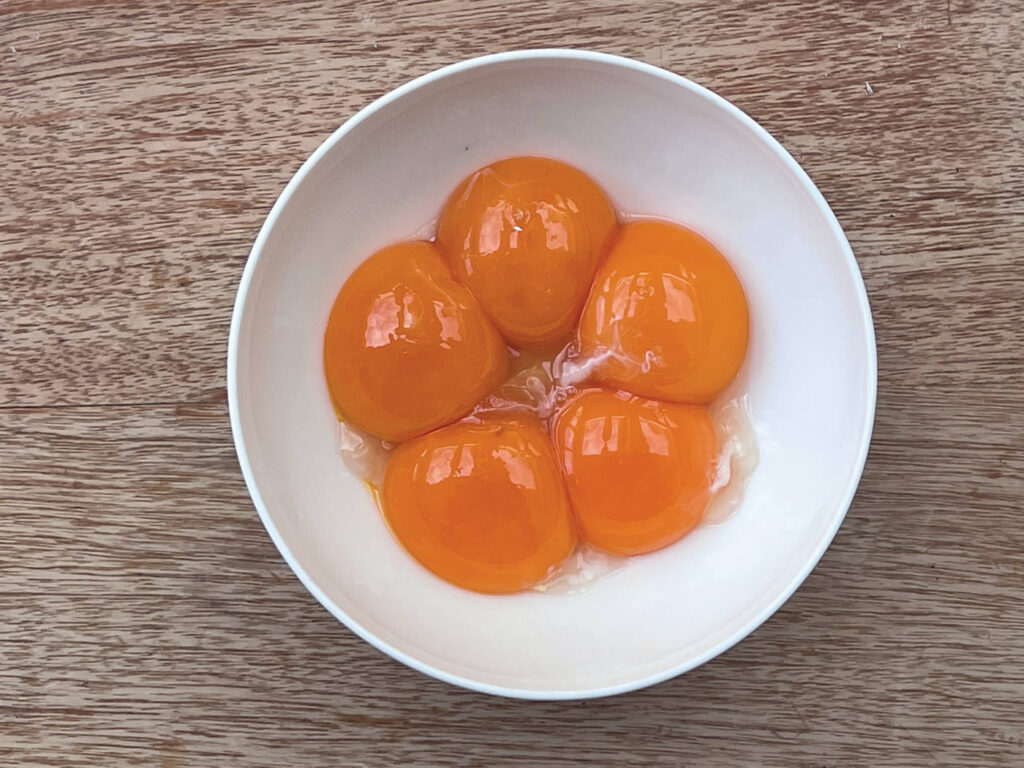
Basic principles of their construction are described by Wenzel. The hornet nest is constructed by a single material in different functions.
Massive „ceiling slabs“ with a high thickness serve as the insulation of nest cells, very thin cell walls separate the cells; and thin-walled hollow double cell walls serve as an overall enclosure. The nests are naturally ventilated and thermoregulated.
How to construct a building from a single material with various requirements to the diverse elements (thermal insulation, thermal storage, load-bearing and non-load-bearing), with given new technologies such as 3d printing or extrusion enabling us to construct these shapes.
Which spatial geometries to apply to the various elements, with given modern design tools and engineered biomaterials for the generation of optimized shapes.
Nests of wasps and hornets are mainly constructed from wood, bitten away by the insects and re-fitted in an intelligent way, which is comparable to modern 3d printing processes.
The geometry seems deliberate from the outside, with some repetitive patterns, including the colouring of „strips“ of material and the size of enclosures being limited to a certain volume.
Hornet nests can be described as single-material housing structures, where different elements with different geometries and different physical requirements are all constructed from one material:
- „Slab structures“ as horizontal spatial subdivisions, subject to bending and punching forces, with probably a function of thermal storage being assigned
- „Internal separation walls“ with a pure function of partition
- „External walls“ with a function of insulation.
A detailed study of the geometry of nest structures is given by Soichi Amane and Yosiaki Ito in the Journal „Psyche: A Journal of Entomology“. While entomology deals with studies of insects in a broad context, this study gives interesting insights into the geometries and construction types of nests of the Australian paper wasp. The drawing shows a sketch of a nest found on a Mango tree. We discover structures for massive slabs, thin combs and a multiple layer enclosure – all constructed from one single material in a fascinating arrangement. Structures to be proceeded.
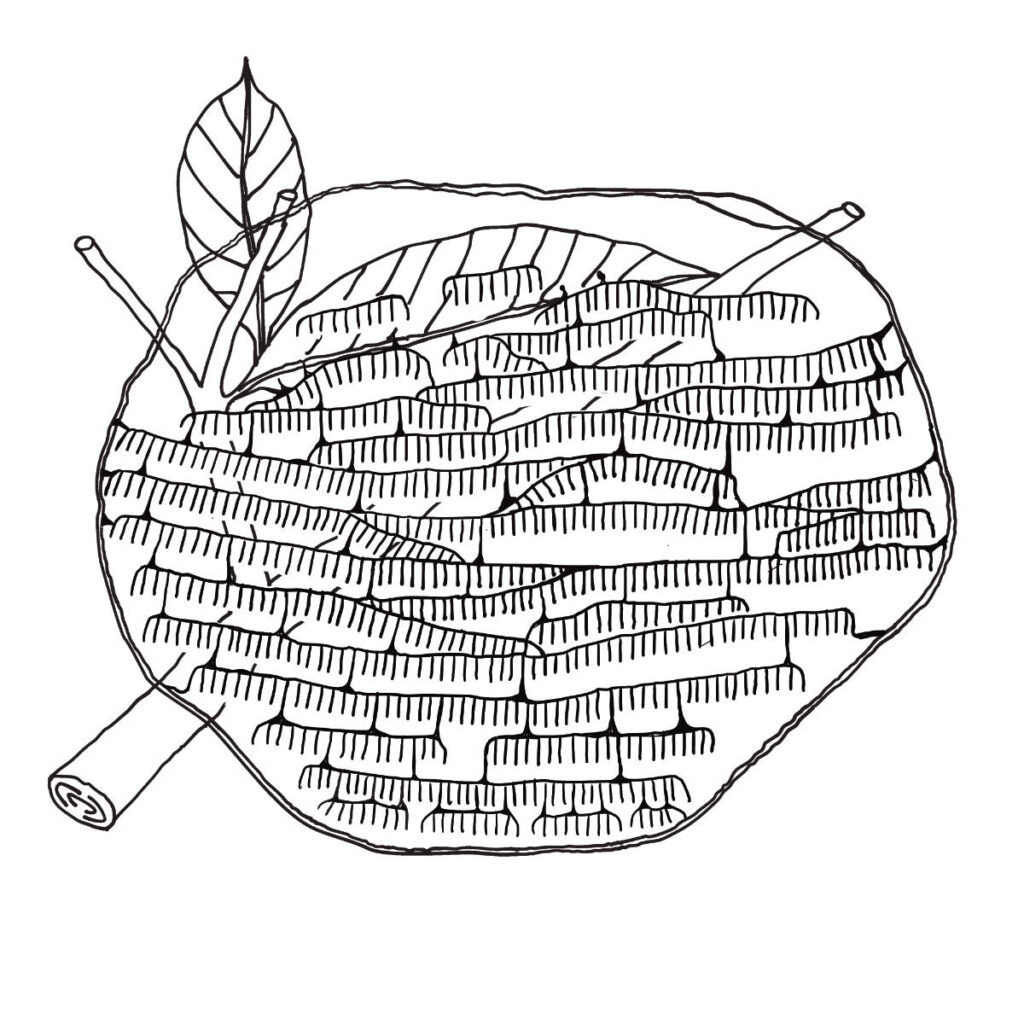
Studies of insect nests reveal astonishing approaches to the design of structures for architecture.
Nests of bees, wasps and hornets can be described as single-material housing structures
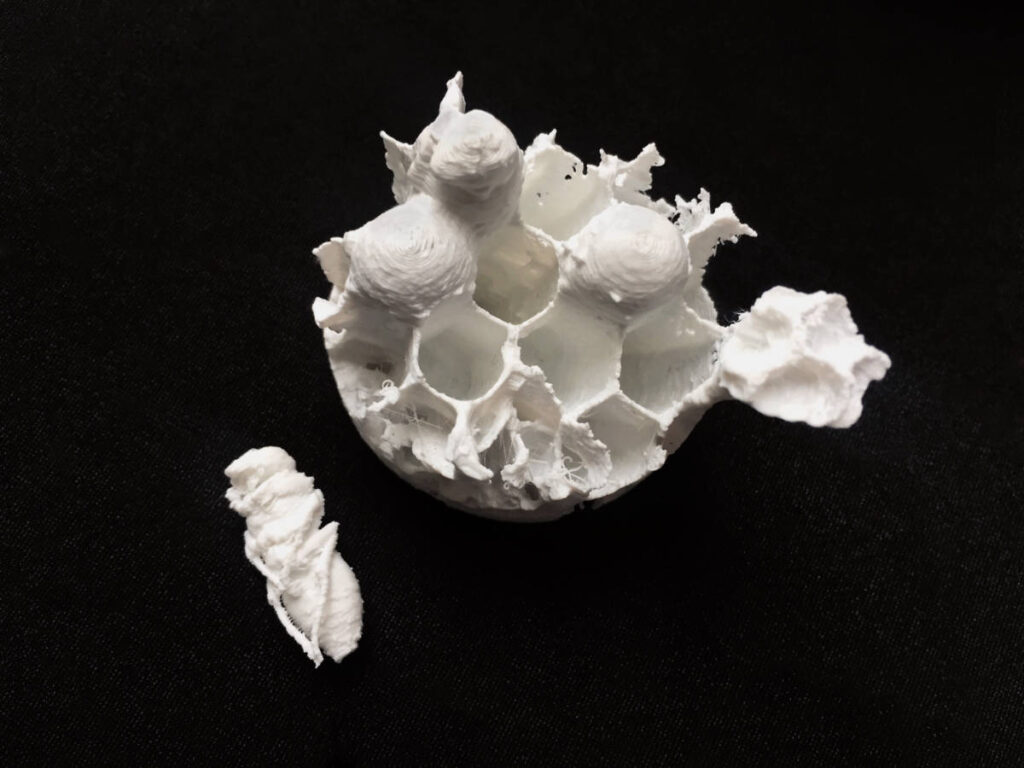
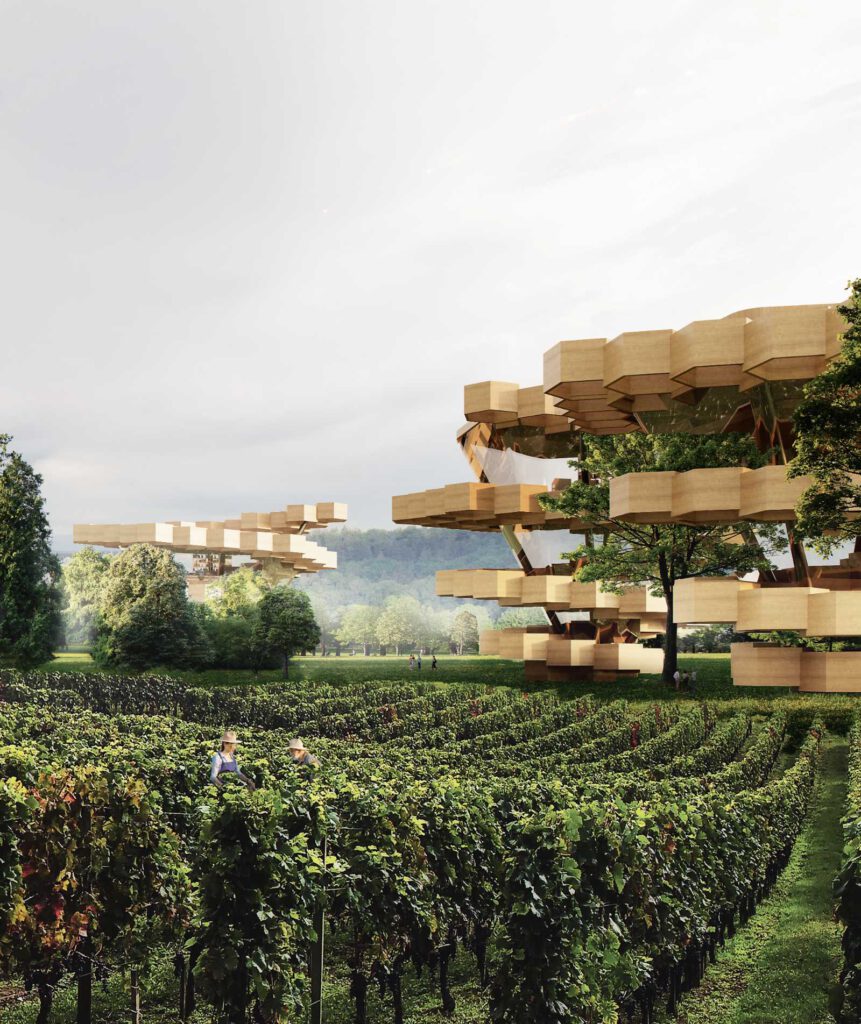
Hornet nests are constructed in a process comparable to modern 3d printing with various geometries and densities. It is the goal to fully understand the characteristics of the elements in order to transfer them into architecture at a different scale and with comparable material.